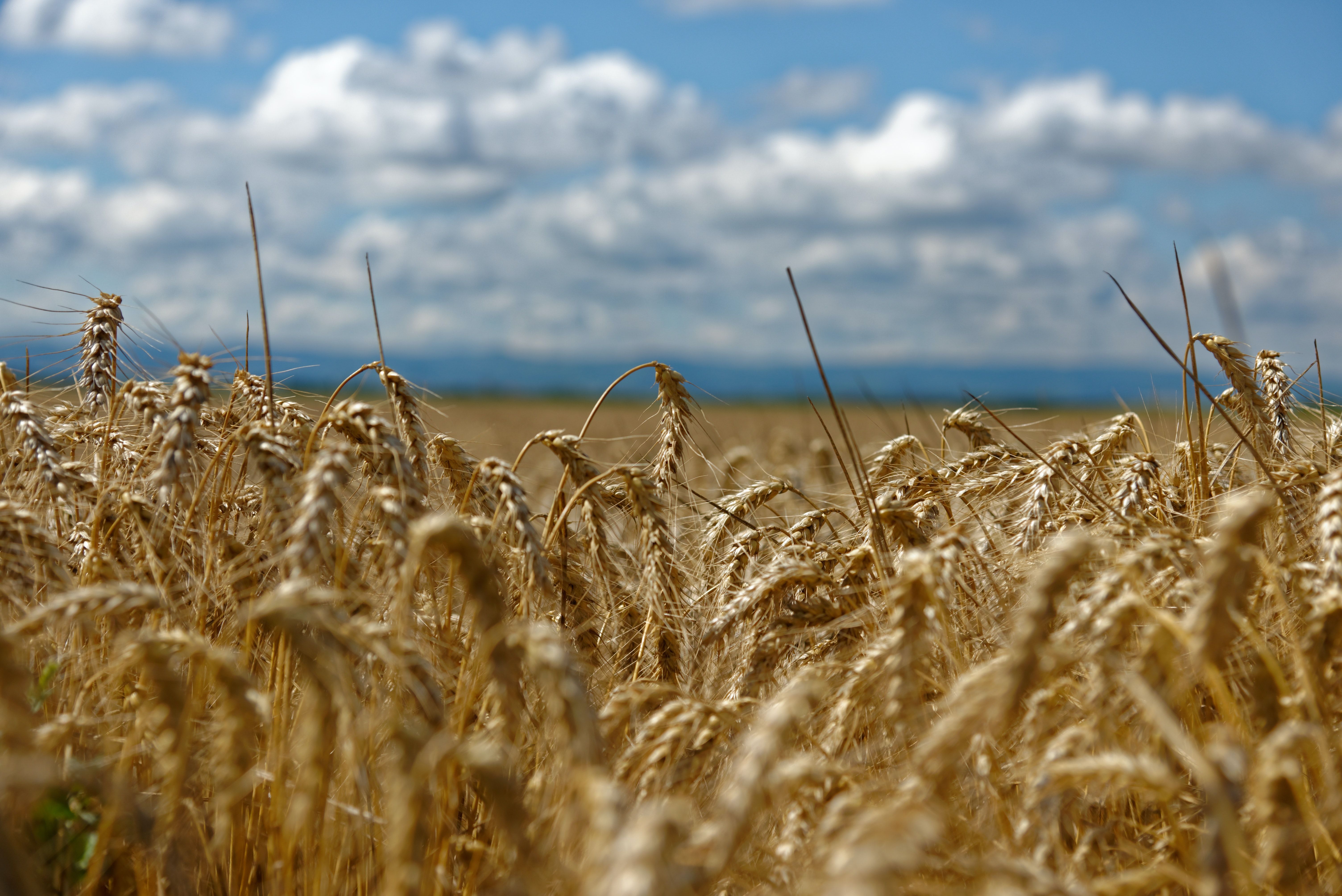He also noted that “the Argentine agro-export complex generates more than two thirds of the total exported by the country“, and specified that “exports of primary products (PP) plus manufactures of agricultural origin (MOA) have generated exports of US$ 223,827 million in the last five years, taking into account the estimate for 2022.”
“Y so far in the 21st century, the total accumulated figure is US$ 762.995 million of agricultural exports“, indicated Coninagro, who highlighted that “the relevance of the amount qualifies the importance of the Argentine agro-export sector, which generates more than two thirds of the total exported by the countrywhich manages to enter significantly in complex and distant markets, in Asia, Europe and North Africa like no other item”.
In addition, he remarked that the agribusiness sector “generates a participation in the world total of exports of its category, of about 2%, which more than multiplies the Argentine total in all categories, of 0.3%and that competes with qualified technology, geostrategic relevance and multiple participation of large, medium and small companies”.
“We see with amazement this powerful export capacity of the sector even in adverse situations, and we take advantage of this data support to request once again the tax reduction,” said the president of Coninagro, Carlos Iannizzotto.
The analysis pointed out that “the sector reaches these record numbers even in disadvantageous conditions compared to its competitors by endogenous reasonsWhat lack of financing, macroeconomic instability, excess of obstructive regulationsexport taxes and exchange rate gap”.
He also mentioned the “exogenous reasons, such as the payment of entry tariffs in foreign markets due to the lack of free trade agreements.
In any case, he stressed that agribusiness has “a resilience remarkable highlighting the magnitude of the sector”.
The results reported by Coninagro do not include the month of September, when the sector had a special exchange regime, known as soybean dollarwhich offered $200 for each currency earned from the export of the oilseed.
However, in the local scenario, the pressure drought that hits grain production. In the case of wheat, 200,000 hectares have already been lost in the core zone alone and production would fall to 16.5 million tons.
These numbers are given in a year marked by the exponential increase in international food prices, mainly from the outbreak of the Russian invasion in Ukraine. The countries are Europe’s main grain suppliers.
Source: Ambito
David William is a talented author who has made a name for himself in the world of writing. He is a professional author who writes on a wide range of topics, from general interest to opinion news. David is currently working as a writer at 24 hours worlds where he brings his unique perspective and in-depth research to his articles, making them both informative and engaging.




